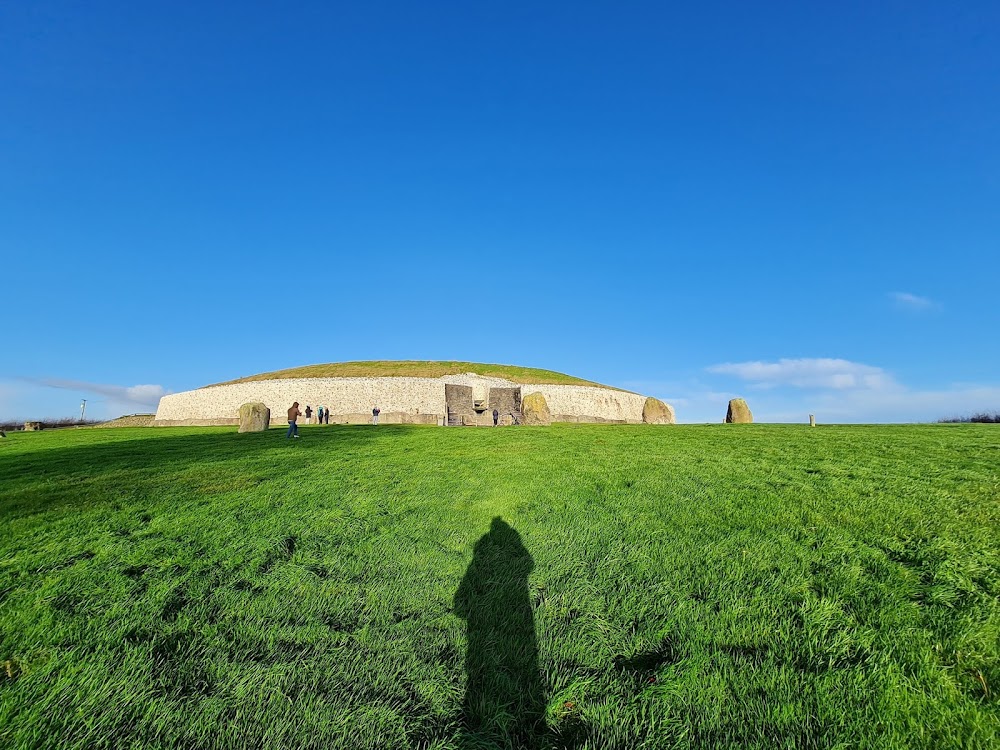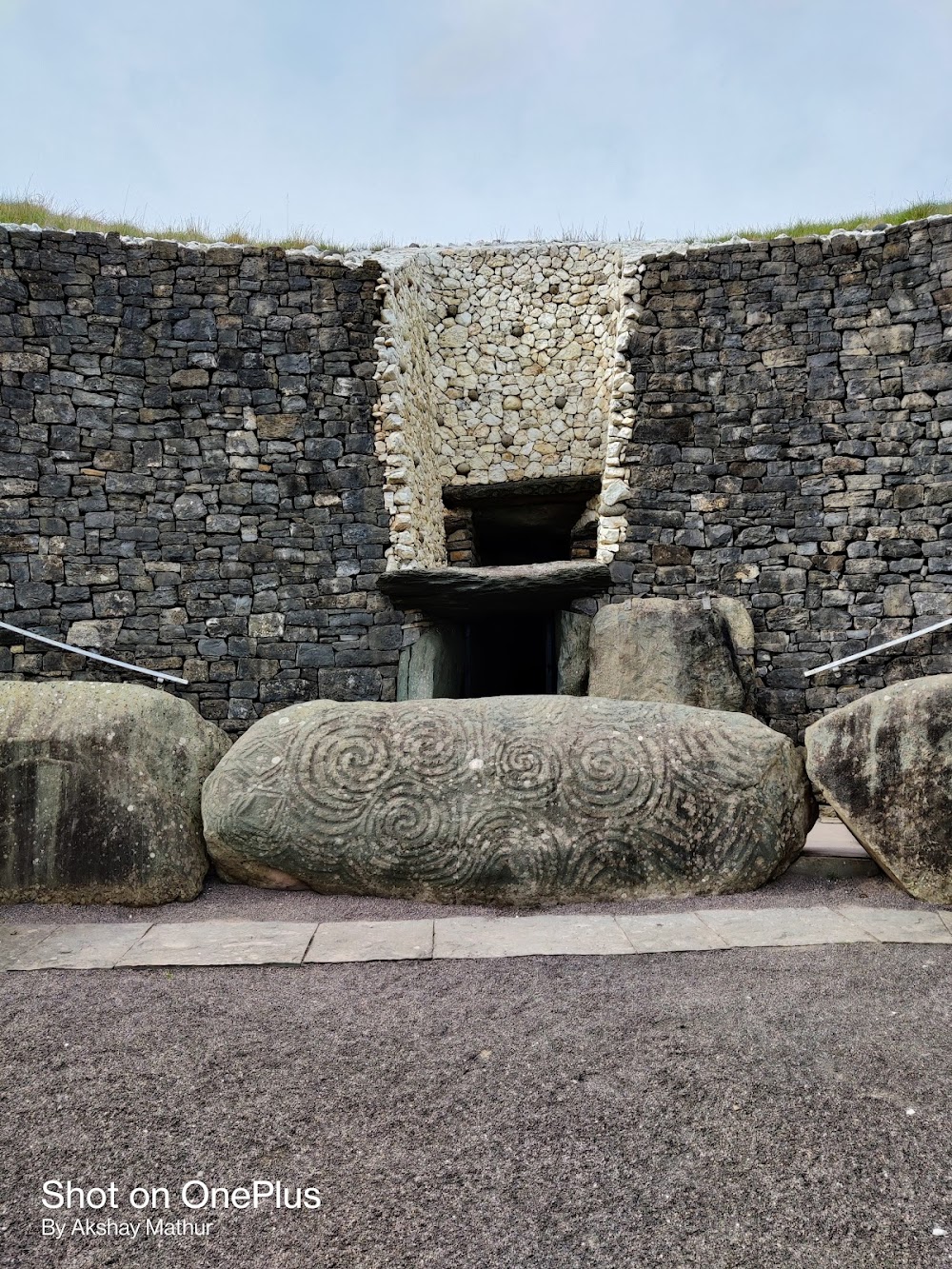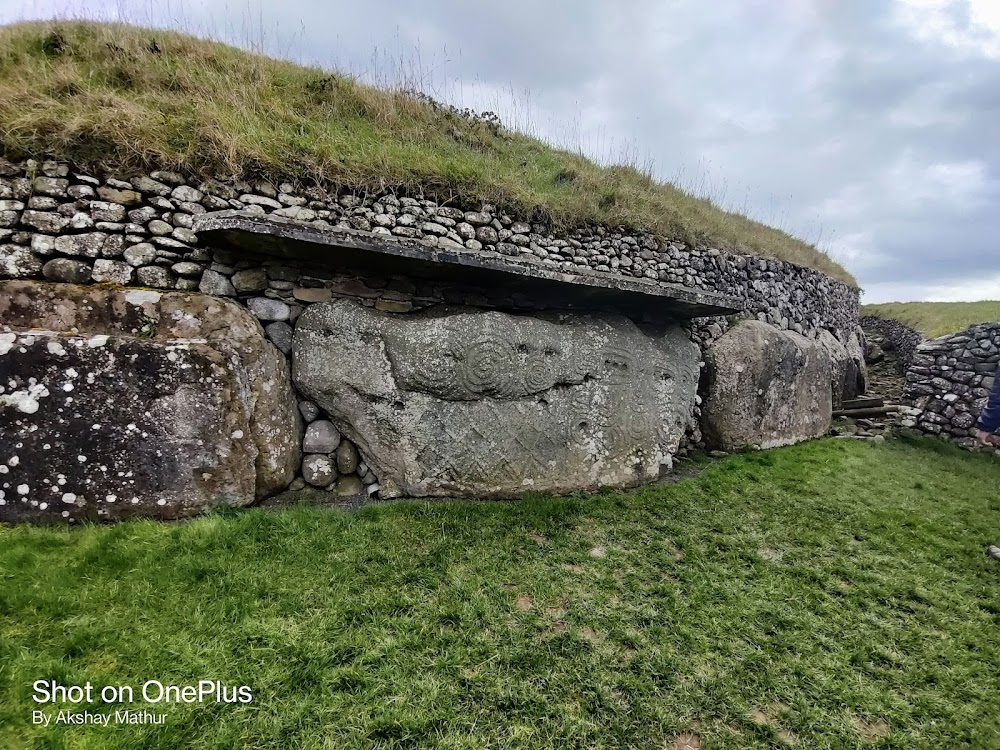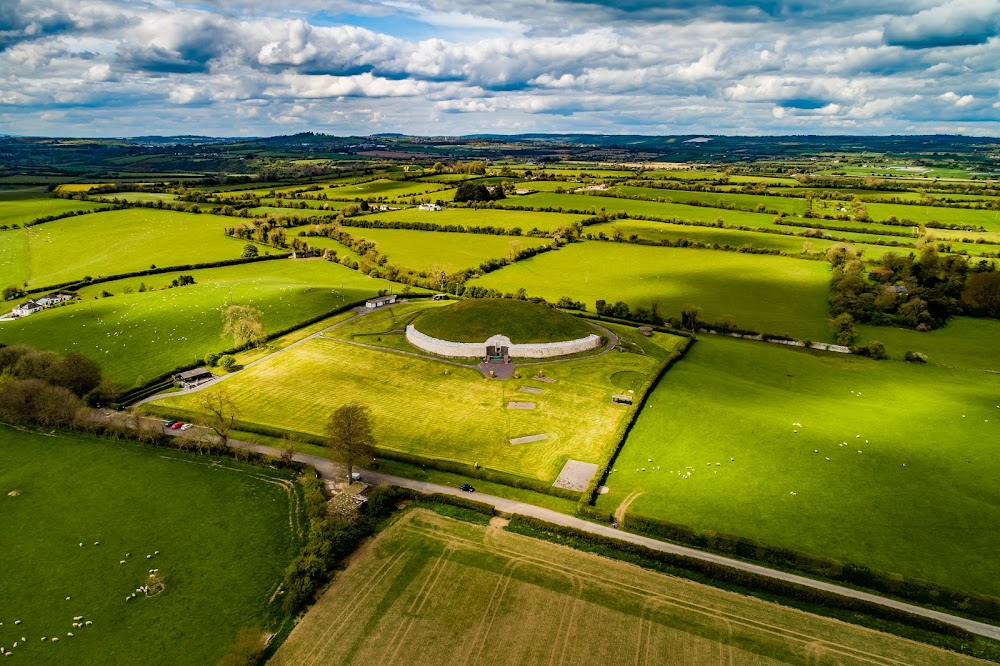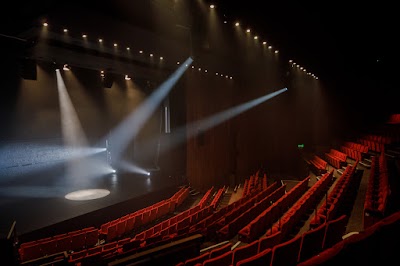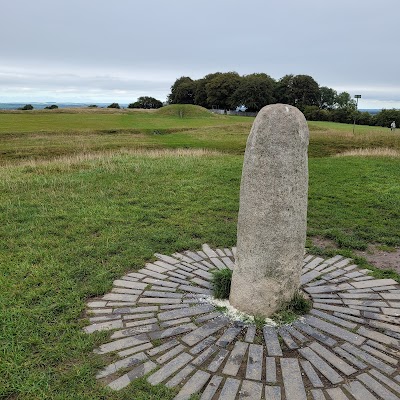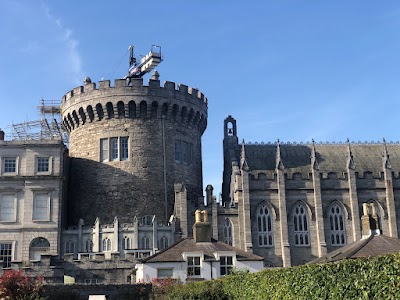Newgrange (An Uaimh Ghlas)
Overview
Discover Newgrange: A Prehistoric Marvel
Newgrange is a breathtaking prehistoric monument nestled in the picturesque landscape of Leinster, Ireland. This colossal structure, built around 3200 BC, is a stunning testament to the ingenuity of ancient engineering and artistry, predating both Stonehenge and the Great Pyramids of Egypt.
The impressive mound at Newgrange spans approximately 76 meters in diameter and rises to a height of 12 meters, covering an area of about one acre. It's encircled by 97 large kerbstones, many of which feature exquisite megalithic art. Among these, the entrance stone stands out, adorned with intricate carvings of spirals and geometric patterns that evoke a sense of mystery and wonder.
The Builders of Newgrange
Constructed by a thriving farming community in the fertile Boyne Valley, Newgrange showcases advanced construction techniques for its era. Builders transported massive stones from locations up to 20 kilometers away, utilizing a combination of sledges, rollers, and possibly even water routes along the River Boyne. This remarkable feat highlights the resourcefulness and skill of the Neolithic people.
One of the most captivating aspects of Newgrange is its architectural design. The entrance leads to a 19-meter-long passage that gently ascends to a cruciform chamber with a corbelled roof. This impressive roof, made from overlapping stones, reaches a height of approximately 6 meters and has withstood the test of time, remaining watertight for over 5,000 years.
The Winter Solstice Phenomenon
Newgrange is particularly famous for its alignment with the rising sun during the winter solstice. Each year, around December 21, sunlight streams through a specially designed roof box above the entrance, illuminating the inner chamber for about 17 minutes. This awe-inspiring event is a testament to the builders' sophisticated understanding of astronomy and their intention to connect this monumental structure with celestial cycles.
While the precise purpose of Newgrange remains a topic of intrigue, it is widely believed to have served multiple roles, including ceremonial, religious, and possibly burial functions for significant individuals. The discovery of human remains, including bones and cremated ashes, within the chamber suggests a deep connection to burial rituals. The intricate carvings and solar alignments further hint at a ritualistic or spiritual significance tied to the rejuvenating power of the sun.
Archaeological Insights and Preservation
Archaeological excavations in the 1960s and 1970s, led by Professor Michael J. O'Kelly from University College Cork, revealed critical insights into Newgrange's history. His research not only confirmed the mound's Neolithic origins but also illuminated its solstitial alignment. O'Kelly proposed that the site may have served as a central gathering place for community events and seasonal festivals, enriching our understanding of ancient social structures.
Significant restoration and conservation efforts have been undertaken to ensure the monument's structural integrity and visual grandeur. Today, Newgrange stands as a remarkable testament to Ireland’s ancient inhabitants, providing a fascinating glimpse into their complex society, which revered astronomical phenomena, art, and ritual.
A UNESCO World Heritage Site
Newgrange continues to captivate visitors and researchers alike, proudly holding UNESCO World Heritage Site status as part of the Brú na Bóinne complex. This designation includes other significant structures such as Knowth and Dowth. The state-of-the-art visitor center, located nearby, offers detailed exhibitions, guided tours, and educational programs that allow people from all walks of life to appreciate this ancient marvel.
With events like the winter solstice alignment and ongoing scholarly research, Newgrange remains a vibrant part of Ireland's cultural heritage. It serves as a remarkable window into the mysteries of the distant past, inviting all who visit to reflect on the achievements of our ancient ancestors.


